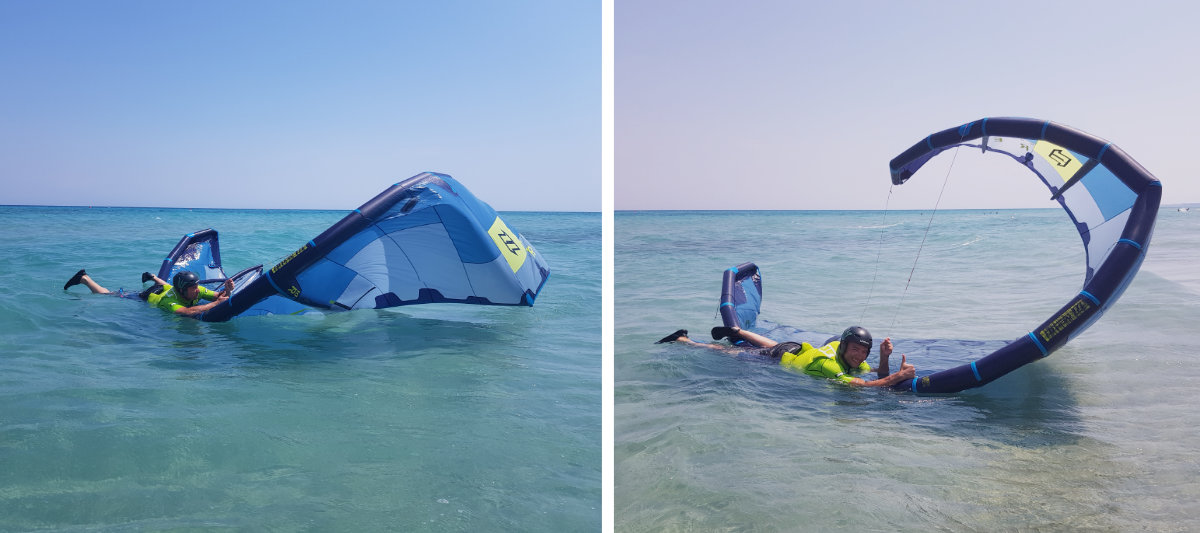Self-Rescue in Kitesurfing: A Crucial Guide to Safety
Step by step the must-to-know technique you need to know when kitesurfing, facing an emergency
Self-Rescue Procedures in Kitesurfing: A Crucial Guide to Safety
As fun as it is, kitesurfing demands a thorough understanding of safety procedures, particularly regarding kitesurfing self rescue techniques. Being prepared for unexpected situations while out on the water can mean the difference between a minor inconvenience and a potentially dangerous situation, for you or your equipment.
In this article, we will dive into the importance of safety and self-rescue procedures in kitesurfing and provide a comprehensive guide to executing them effectively.
Safety as in any other field of human activity can be summarized in two main actions: prevention and emergency management. Before dealing with the Self-rescue, the main part of the second, it is good to spend some words on preventing emergencies with some advisable practices.
Proper kite training and skill assessment
Ça va sans dire, knowing the proper kitesurfing technique by having successfully gone through a proper training program is the basis for not getting injured when practicing kitesurfing, but the basic training is only enough to get us out in the water. A smart kiter knows his/her limits and behaves accordingly. We should try only what we know well while we are in borderline dangerous situations and leave the new and difficult maneuvers for the moments we are in complete safety, for example far from obstacles or other riders.
Spot Assessment and interaction with locals
One of the most underrated practices in kitesurfing is the evaluation of the spot conditions, dangers, and eventual local rules. We normally have our spot, of which we know all the insights and info, but when traveling or exploring new places we should get the good habit of looking for potential dangers.
Many times dangers can be not apparent: an attentive observation of the situation is paramount to avoid surprises, accidents, or just a bad experience.
A great source of information is the local riders who can inform us fast and precisely, especially about invisible dangers or local rules. Getting acquainted with them before our kite session in a new place is a great practice and puts us in a good light since we show our willingness to adhere to local rules and practices. Local riders can rightfully be concerned about their kite spot safety, and new riders who show no interest in local rules and habits are not seen favorably. A lot of places have closed the access to the beach for kitesurfers due to some sort of accidents or misunderstandings with other beach users, so complying with local rules is very important and introducing ourselves to locals helps to clarify any issue and to get the right start on the spot.
Check the equipment
Regularly inspect and maintain your gear to reduce the chances of equipment failure while out on the water. There are several things to check but to sum up the most important you can consider these:
Lines: check if they are not worn out or if they present knots that should not be there (to eliminate knots on the lines you can read this blog post)
Depower trim: check if it is not clogged by salt and sand, because if you need to quickly reduce the power when out on the water you must be able to act fast and without impediments
Quick release: always try the quick release before launching the kite to check it is functional and there is no sand or salt to prevent you from quickly and easily activating the emergency.
Kite pressure: be sure the kite is properly inflated, because if you have a low-inflated kite it can deform during hard maneuvers such as jumps or kite loops, making it unstable or causing failures of the bridle systems.
Bridle system: check it is all clear before launching the kite and double-check that eventual pulleys on the bridles are working properly and not worn out.
check the weather conditions
Together with the spot assessment, you should have a weather condition assessment to avoid surprises in the wind direction/intensity while out. This article can give you good hints on how to understand the weather conditions and their changes.
Buddy system.
Especially if you are not a skilled rider you want to share your kite session with a buddy who is properly trained (as you should be), to supervise one each other, to assist the kite launch, and provide help in case of emergency.
These are the main, non-exhaustive, points in preventing emergencies in a kite session, feel free to add any suggestions for another point in the comments below. With that out of the way, let's dive into emergency management: the Self-Rescue technique.
The Importance of Self-Rescue
Following all the good practices mentioned before can prove not enough though. While we are out on the water having fun, a lot of unexpected things can happen. Wind conditions can change rapidly, equipment malfunctions can occur, and unexpected situations such as getting tangled in lines might arise. These factors highlight the need for kitesurfers to be well-versed in kitesurfing self rescue procedures.
A self-rescue situation typically arises when kitesurfers find themselves unable to regain control of their kite and board. Whether due to equipment failure, exhaustion, or a sudden drop in wind, being stranded on the water can be dangerous, especially if the coastline is distant. Hence, knowing how to handle such situations safely and efficiently is essential for every rider.
Step-by-Step Self-Rescue Guide
Assess the Situation
The first step is to remain calm and assess the situation. Determine the cause of the problem – whether it's equipment failure, loss of wind, tangling of lines, etc.
If the cause of the issue is not savable in a quick way or we are in immediate danger the first thing to do is completely depower the kite using the emergency tools available.
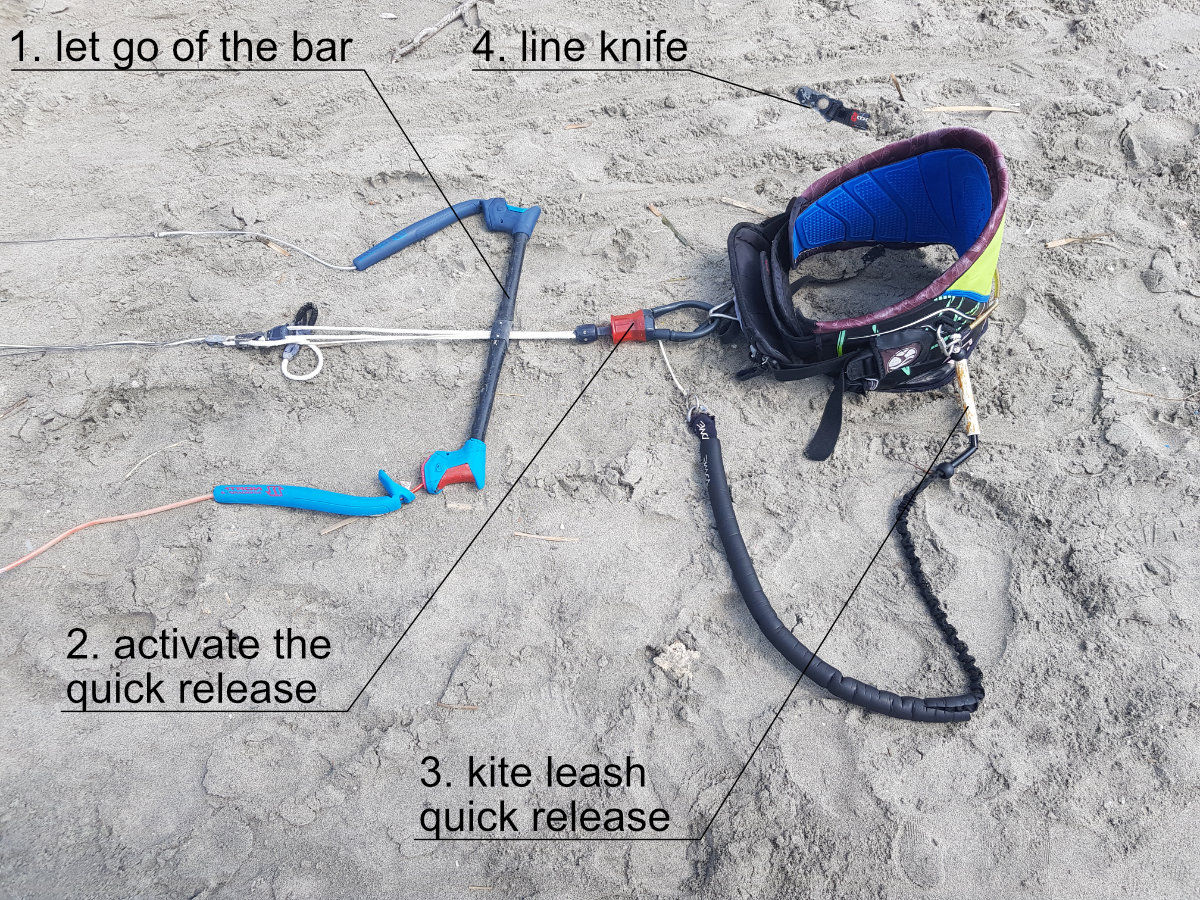
I order we have 4 main tools to manage the emergency: letting go of the bar, activating the quick release, activating the kite leash quick release, and using the line knife. in some dissertations, a fifth possibility is also mentioned: that of taking off the harness, but it seems more theoretical than realistic (maybe some extreme case can come in handy, so let’s remember it here)
Let go of the bar
The first thing to do in case of loss of control is to let of go the bar: this action normally cuts most of the power from the kite and sends it to the border of the window, where it can stay indefinitely, generating the minimum of the power. This action is recommendable in any situation where we lose control of the kite and we want to prevent being dragged further by it.
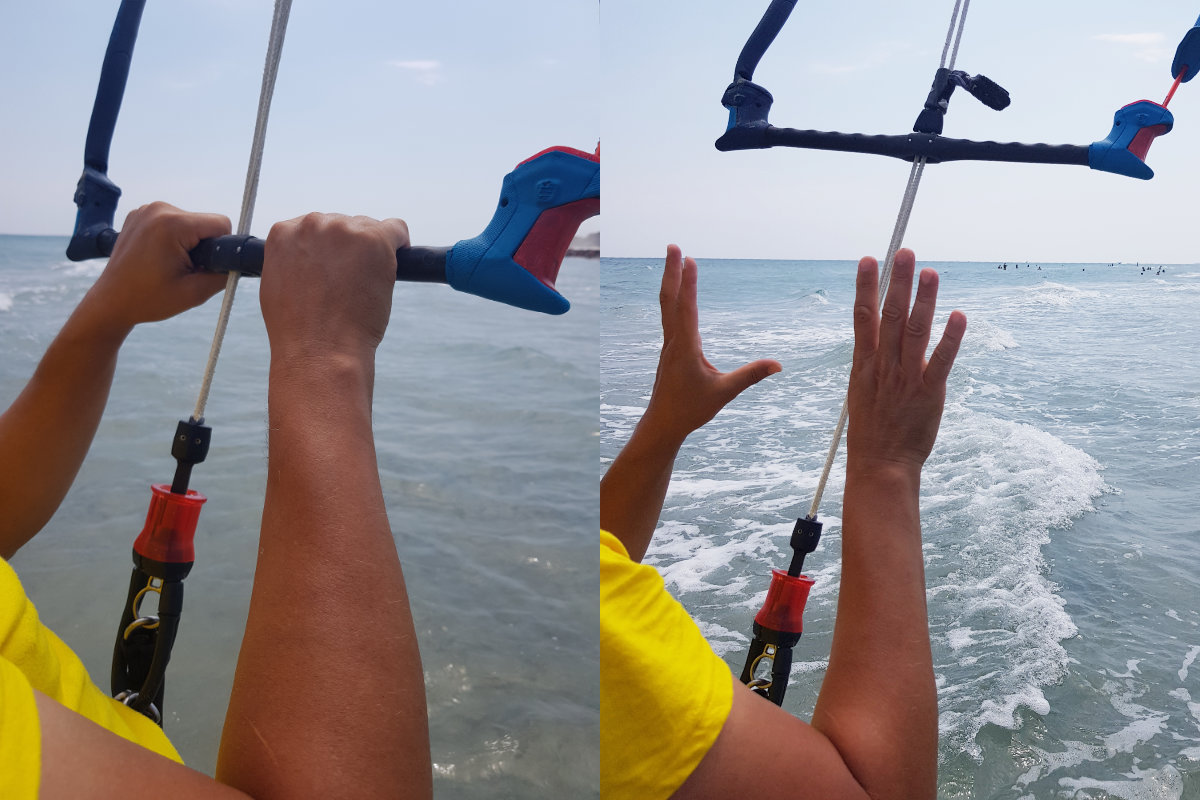
Activate the Safety Systems
If you're unable to control your kite, after releasing the bar, due to any particular reason as too strong wind, unpredictable gusts, anomalous behaviors, etc. immediately activate the kite's quick release. This action will have the goal to cut off the tension to all the lines but one. The remaining line will be the ultimate connection to the kite.
Having only one line in tension will put the kite in a flag-like state, provoking the immediate seizing of the pull and the kite will fall in the water or on the ground.
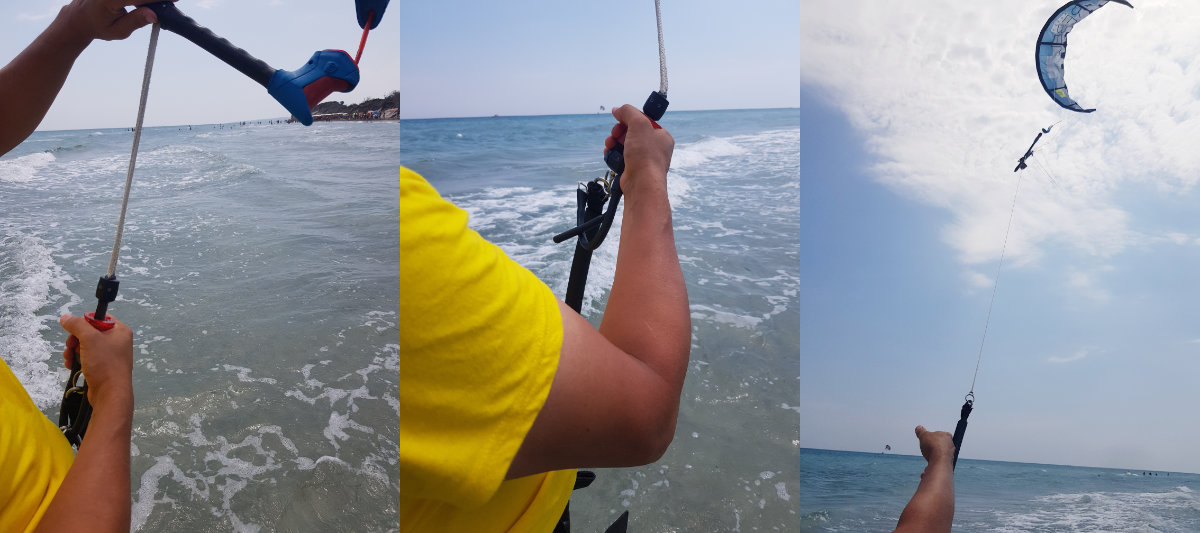
Note: there might be some extreme cases when activating the kite quick release will not be sufficient and you will need to completely separate yourself from the kite. In this case, you will have the option of activating the kite leash quick-release. By doing so, you will permanently separate yourself from the kite and your only option will be swimming back to the shore with your board, hoping to retrieve your kite later.
*A good example of when a rider must get rid of the kite is when the wind is blowing offshore. In this case, the technique explained in the following steps is not applicable because the wind will push the kite and the kitesurfer further offshore, increasing exponentially the risks of not being able to come back safely.
When your kite is back under control, if you are already on the ground you can walk to the kite keeping in tension the emergency line only and, once reach it, you can safely secure it.
More often you will find yourself out in the water and in this case, your work isn’t finished: if the wind blows side shore or onshore, you will need to reach the kite and head back to the beach in the fastest and less energy-consuming way.
How to best proceed is to first secure the board, attaching it to your harness through the kite leash. If you don’t feel at ease to disconnect and reconnect the kite leash fearing to lose the kite, you can still keep pushing the board in front of you until you have reached the kite. This is only possible if the board is in reach, otherwise, you might try to retrieve it after you are back on the shore, because it is quite unlikely you will be able to reach it if it is upwind your position.
Retrieve the Kite
This is possibly the trickiest part of the kitesurfing self rescue technique. Remember the first safety principle: you need to keep only one kite line in tension, while the remaining three or four need to be loose. This prevents the kite from relaunching from the water and generates power when you less need it. When activating the kite quick release, you noticed that the bar ran away from you by sliding along your emergency line, which provoked all the lines (but the one you are attached to) to get completely out of tension.
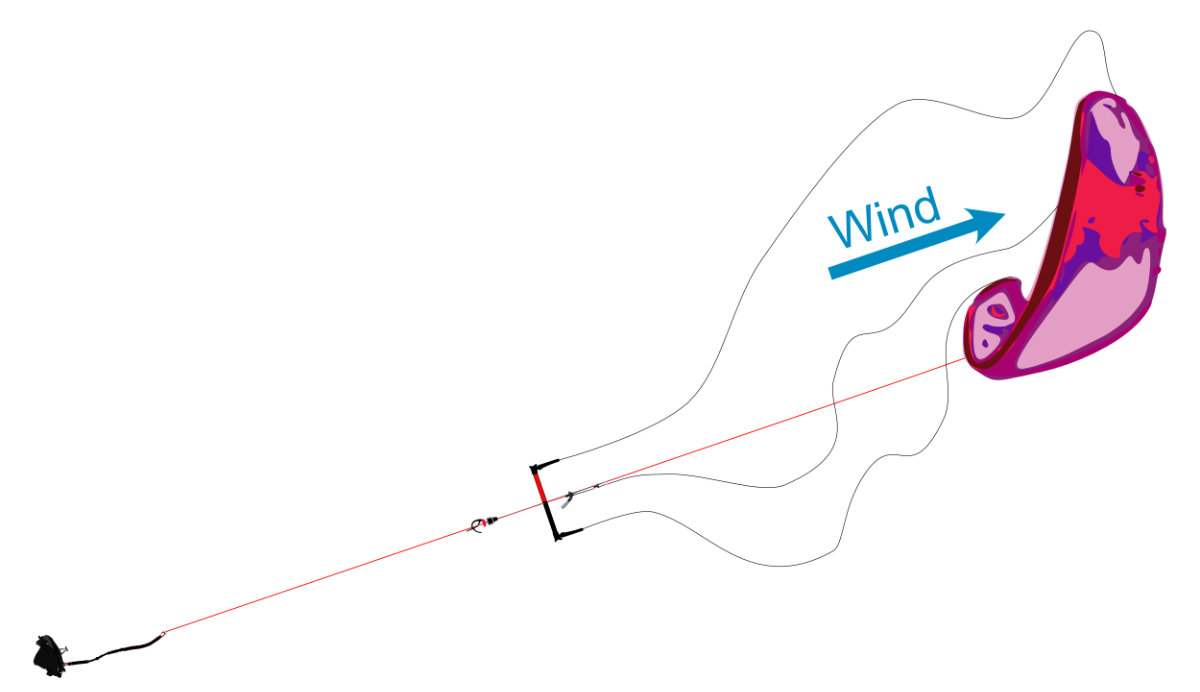
You want to avoid those lines to get back in tension and therefore you need to pay attention to the next step here, which can be the most dangerous after the quick release.
Start pulling the emergency line to get closer to the kite, but once you reach the bar, make sure you don’t let go of the emergency line in tension while grabbing it, if you do otherwise the emergency line will slide rapidly through the depower of the bar and all the lines would come back in tension. To avoid that, after reaching the bar, quickly wrap the emergency line around one side of the bar itself.
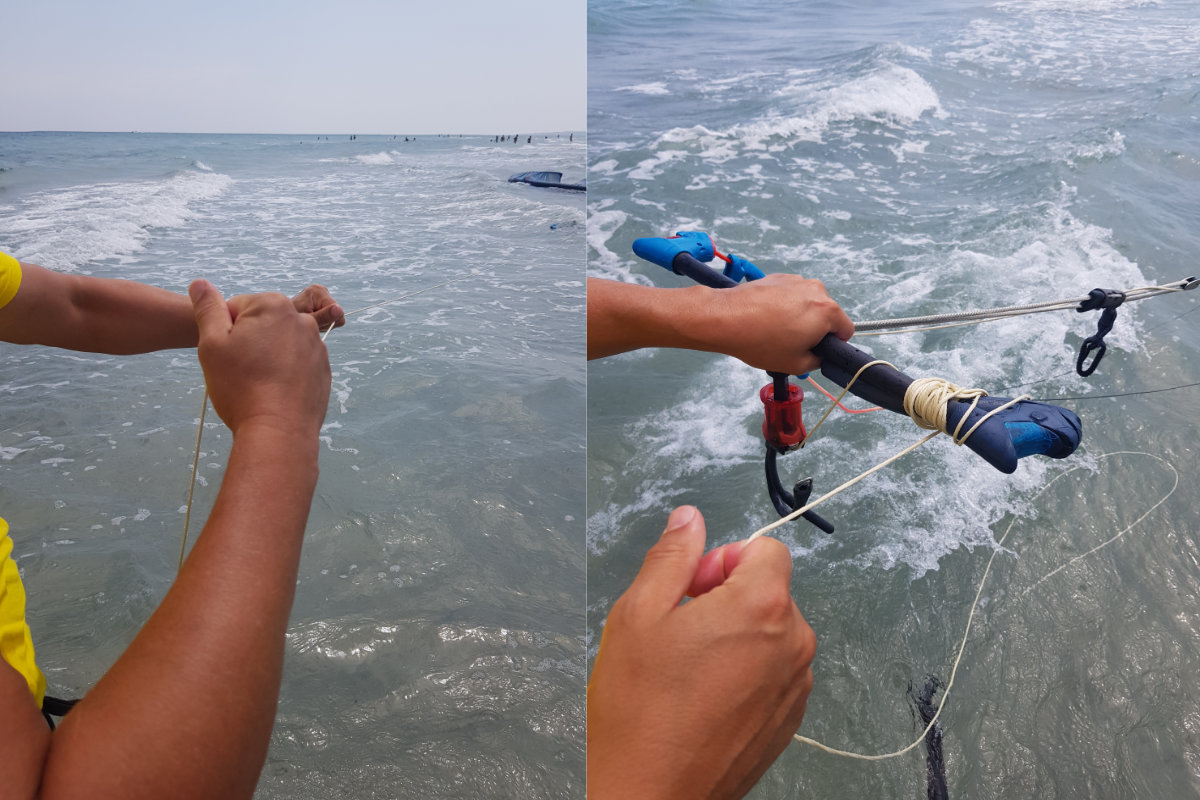
Once you almost wrapped all the hanging emergency line to the bar you can block it by creating a loop around your hand, sliding it on the bar, and blocking it by pulling firmly.
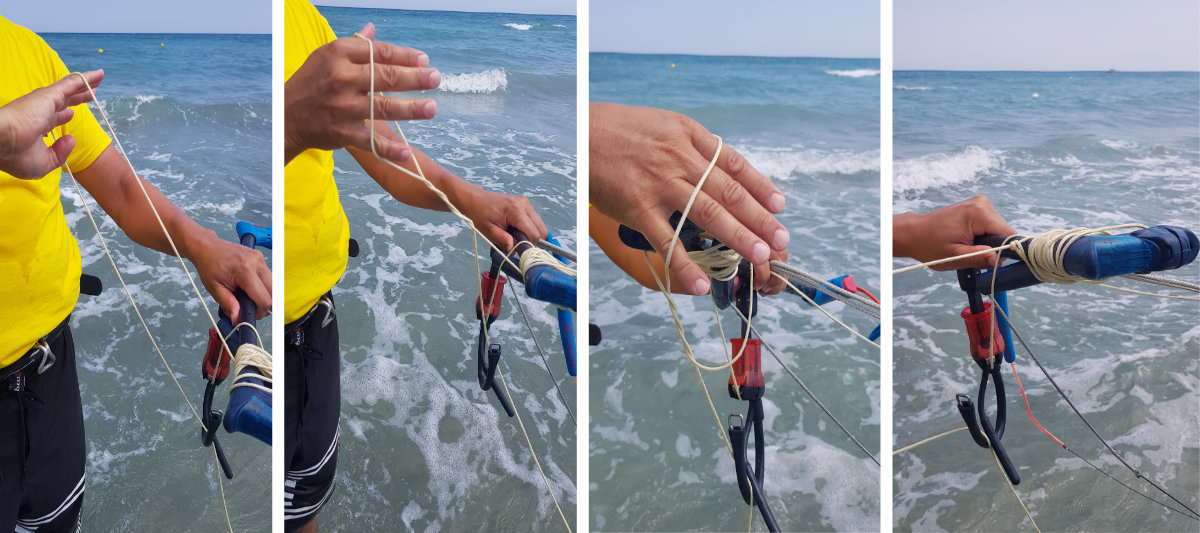
Now you are ready to continue wrapping the emergency line, plus the other lines (to avoid getting tangled between them) on the bar, until you reach the kite. Performing this operation, you need to keep in mind some important precautions:
First, you need to wrap the emergency line and the other lines by the same amount of them since you get to the bar. That will prevent you from eliminating the length differential that keeps the other lines without tension. Remember only one line, the emergency one, must be in tension while all the rest remain loose. If on your way to the kite, you notice that other lines get in tension, you can fix the situation by wrapping a couple of times the emergency line only without the others. That will keep the length differential and you can be confident the kite will not be able to generate power.
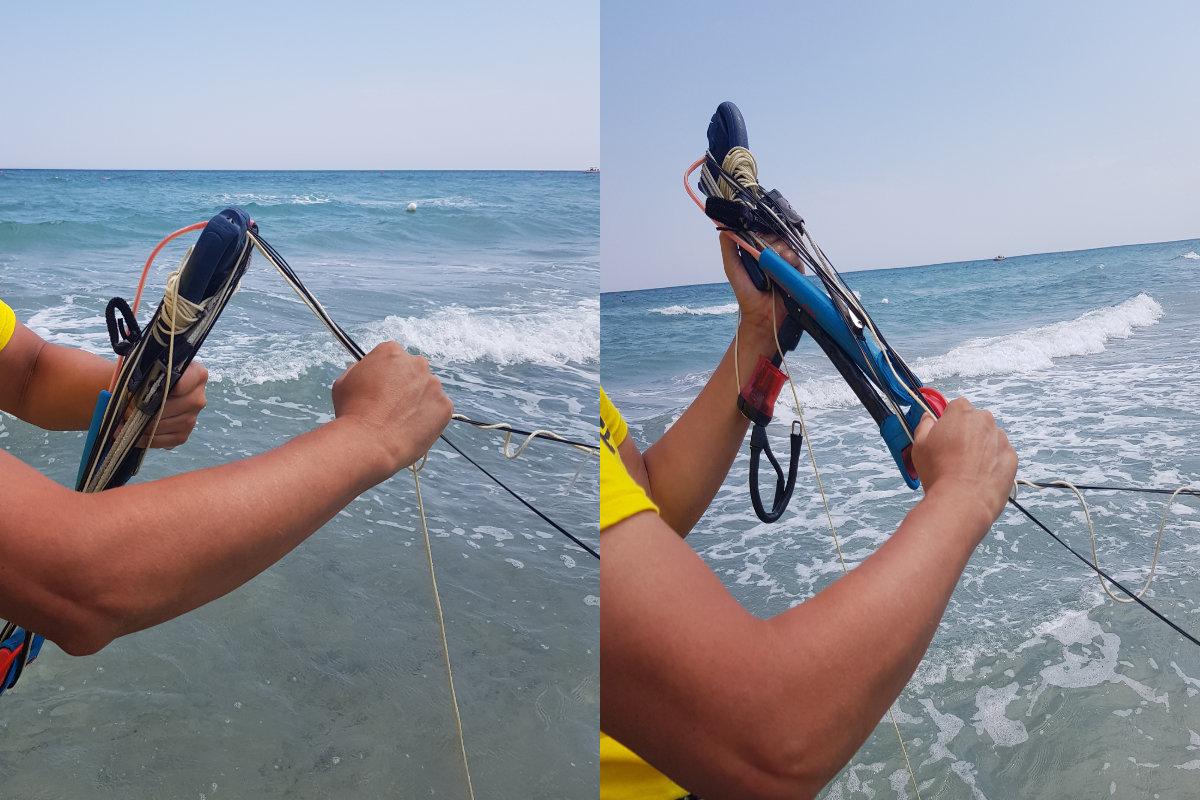
Then, when you have wrapped a good amount of lines (maybe around midway to the kite) it is worth blocking them as we did before with the single emergency line. Since there will be tension it is worth creating a loop holding it with the hand that holds the bar and then proceeding with the creation of the wrap.
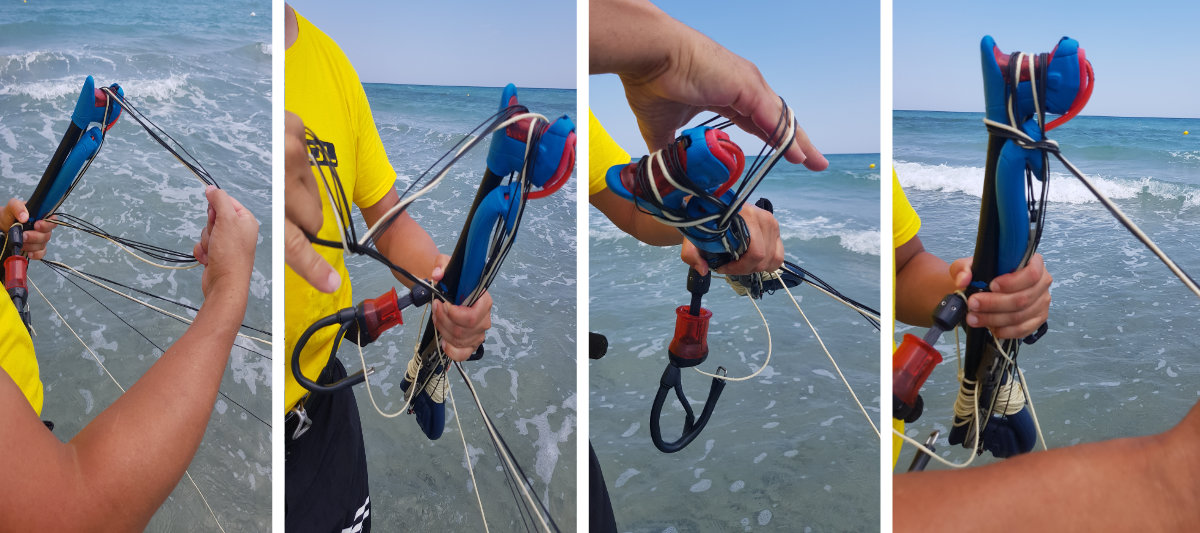
Last, but very important, pay attention and avoid getting your body tangled in the lines, you can easily obtain it if you keep all the loose lines on one side (better downwind) and move out of their way towards the kite.
Create an emergency raft
Once reached the kite, instead of swimming back to the shore, and trying to drag it, it is way better to use the kite itself as a buoyancy aid. Put the kite in smile position (with the interior of the canopy facing upward), climb onto the tip orientated farther from the shore, holding onto the center struts for stability. This will keep you afloat and reduce fatigue.
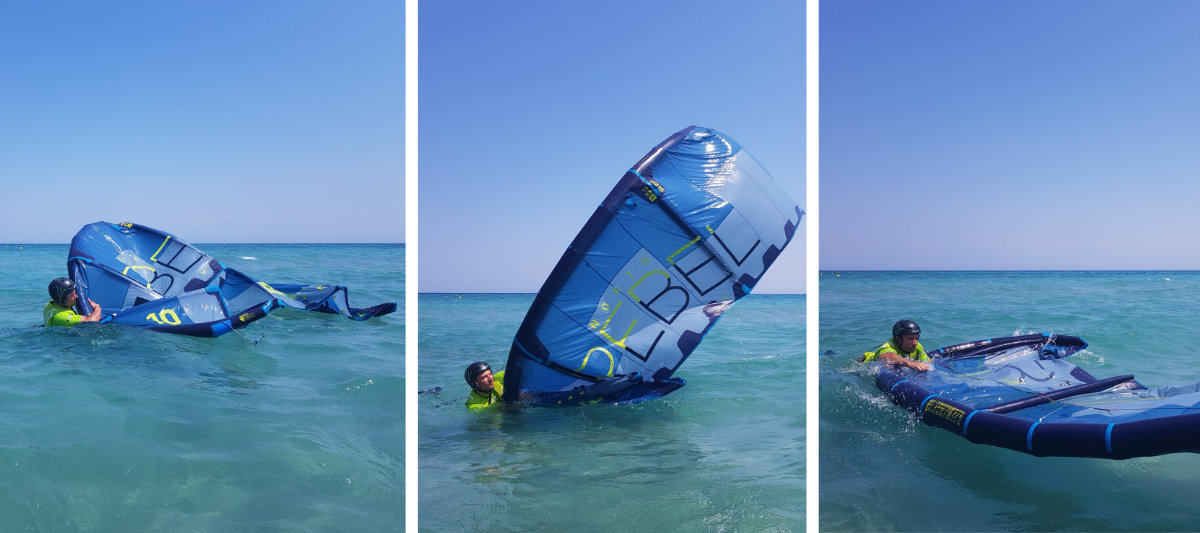
At this point, since the wind is side or side-on-shore using the opposite tip of the kite as a small sail it will be possible to get fast back on the beach. To do so it is useful to use the opposite front-line bridles, which will help hold the kite in position just by pulling on them.
Signal for Help
If you're unable to make progress towards the shore or encounter any difficulty, it's time to signal for help. Wave your arms, shout, or use any signaling device you have on hand to attract the attention of other kitesurfers or beachgoers. If you still have the board at hand, you can lift it up from the water to increase your visibility and signal your distress.
Drift Safely
If you're drifting and can't swim back to the shore directly, don't panic. Stay on your kite, remain calm, and wait for assistance. Rescue boats or fellow kitesurfers may come to your aid. Never deflate the kite in the water unless you are reached by the rescue and you need to take it back on the boat: it will keep you floating effortlessly and it dramatically increases your visibility from afar.
Conclusion
Being prepared for kite self rescue situations and understanding the step-by-step procedures can make a significant difference in ensuring your well-being while out on the water.
Trying these techniques regularly will grant the calmness, quick thinking, and proper execution of self-rescue techniques which can turn a potentially dangerous situation into a manageable one. So why not occasionally end a great kiting session trying the self-rescue techniques? This would make every kitesurfer confident enough to keep cool in real emergencies and come fast and safely back to the beach.

Flexfit Baseball Cap

Logo: Yoga Kite Love
Promote your Kite School for free!
Index your Kite School in our database.
You will get free lifetime visibility on Kitesurf Culture website.
If you have a website, it will provide precious backlinks to improve your SEO ranking
Relevant Posts
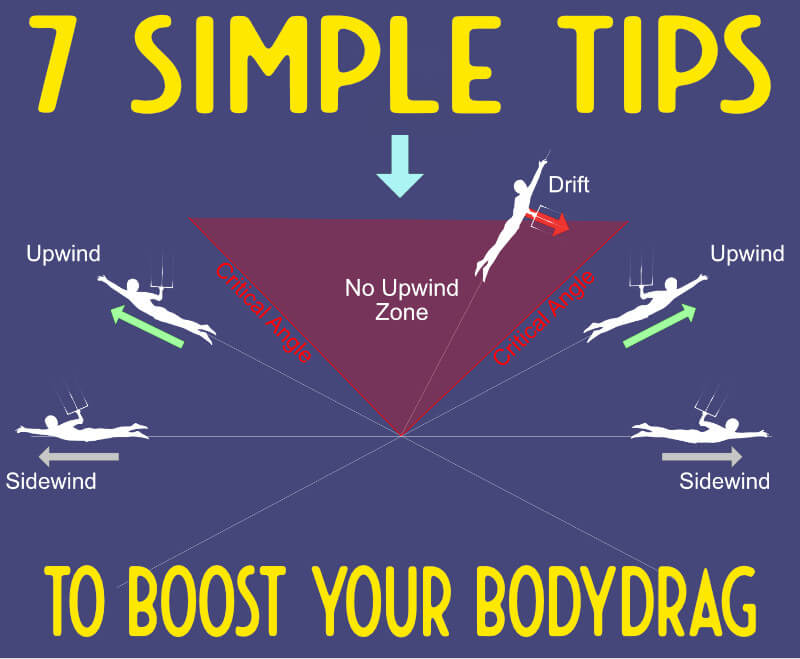
7 tips to boost your body drag upwind skills
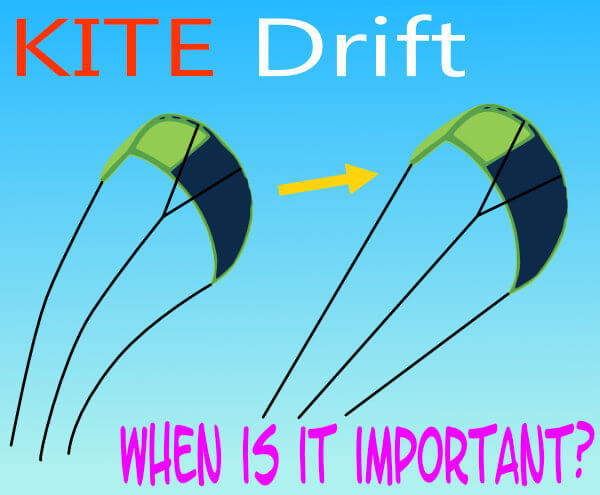
The ability of a kite to drift and when it is important.
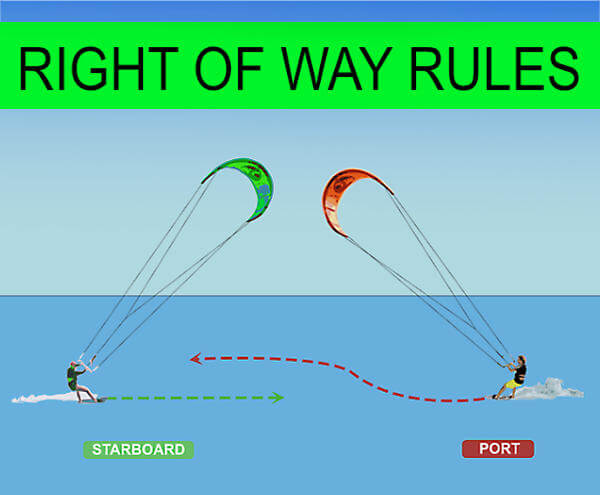
Guess what?! Kitesurfing right of way rules!
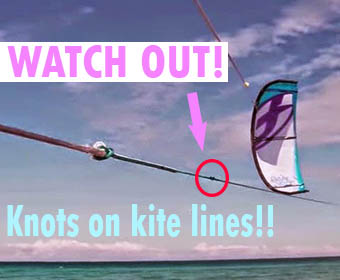
Knots on Kite Lines... Watch Out!

Kitesurfing Weather Conditions: How to Read the Sky
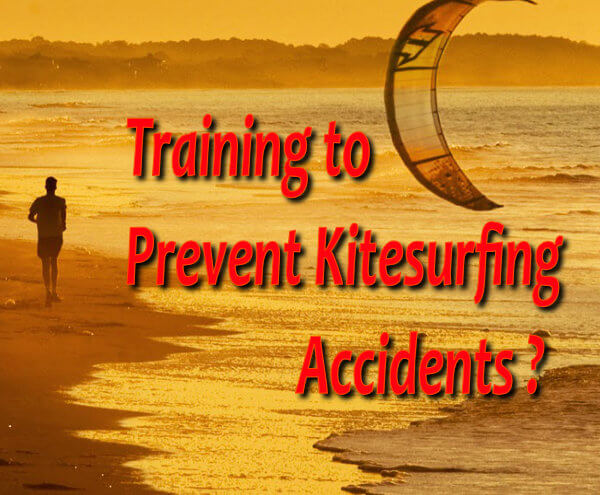
How to Perform at Your Peak and Prevent Kitesurfing Accidents?
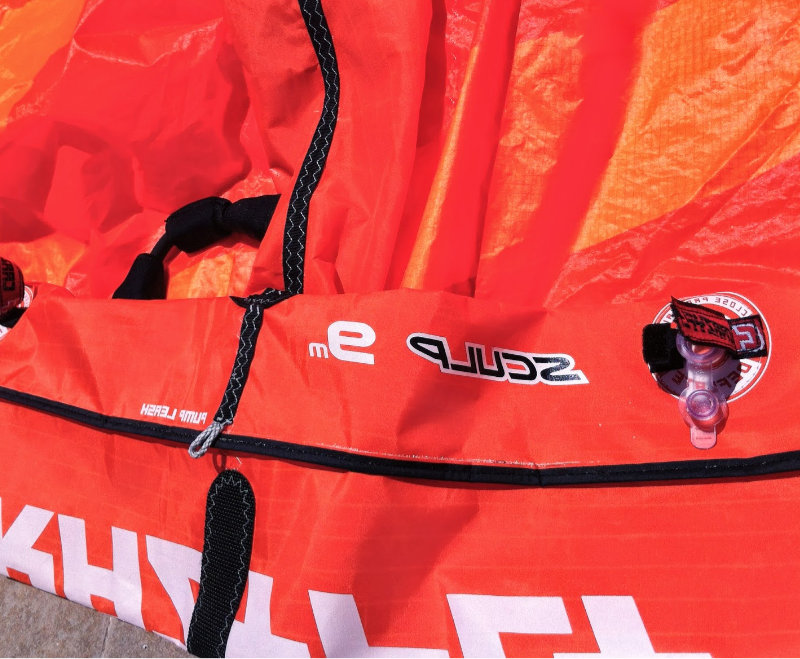
The Kitesurf session ended: tips for Kite Gear Maintenance
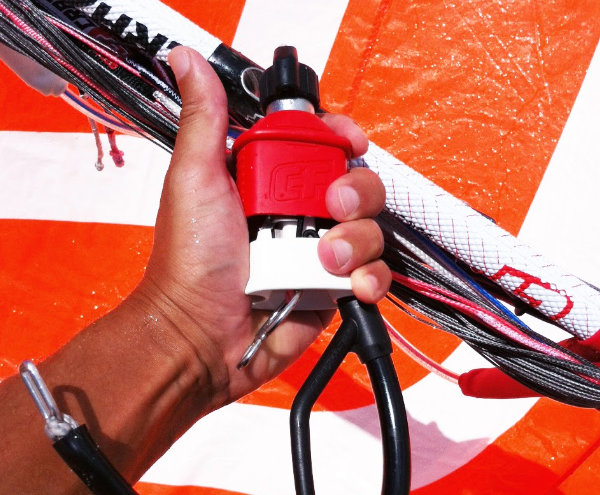
How to Give Your Kitesurfing Equipment a Double Lifespan

The easiest way to get injured while kitesurfing? Kiteboard Leash!

12 Tips to Correctly and Safely Launch and Land Your Kite
Get free Kitesurfing Resources and Tips
If you like our content and you want to be informed on the next blogposts release, please subscribe here. That will also help us to continue to provide quality content:
Give us your opinion.
Comments
Jo
This was a very valuable piece of information. I'm not a kite surfer but do act as a safety boat for events that occasionally have kitesurfers as other water users. It's useful to learn how to rescue a kite surfer.
2 years ago
Answers :
Gabriele
Thank you Jo, good to hear it provided valuable information.
2 years ago
Toddler Premium T-Shirt

Logo: When life gives you wind go kiting
Promote your Kite School for free!
Index your Kite School in our database.
You will get free lifetime visibility on Kitesurf Culture website.
If you have a website, it will provide precious backlinks to improve your SEO ranking
Relevant Posts

7 tips to boost your body drag upwind skills

The ability of a kite to drift and when it is important.

Guess what?! Kitesurfing right of way rules!

Knots on Kite Lines... Watch Out!

Kitesurfing Weather Conditions: How to Read the Sky

How to Perform at Your Peak and Prevent Kitesurfing Accidents?

The Kitesurf session ended: tips for Kite Gear Maintenance

How to Give Your Kitesurfing Equipment a Double Lifespan

The easiest way to get injured while kitesurfing? Kiteboard Leash!

12 Tips to Correctly and Safely Launch and Land Your Kite
Flowy T-Shirt

Logo: When life gives you wind go kiting!
Latest Posts

Kitesurfing Dubai: an honest guide. Tips, Spots & Winds
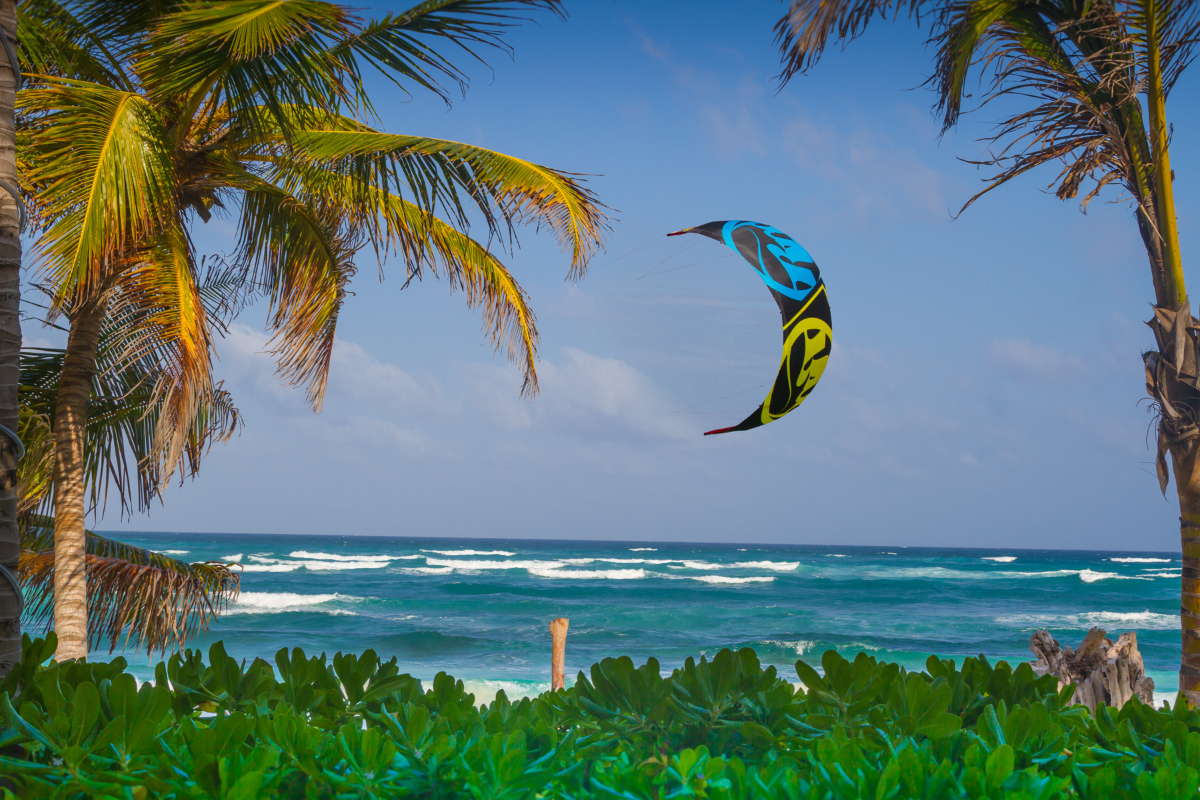
Unwind and learn: best beginner kitesurfing spots worldwide

Kitesurf Ometepe: an Epic Kite Trip to Nicaragua

Kitesurfing Spring in Andalucia: Unexpectedly Great!
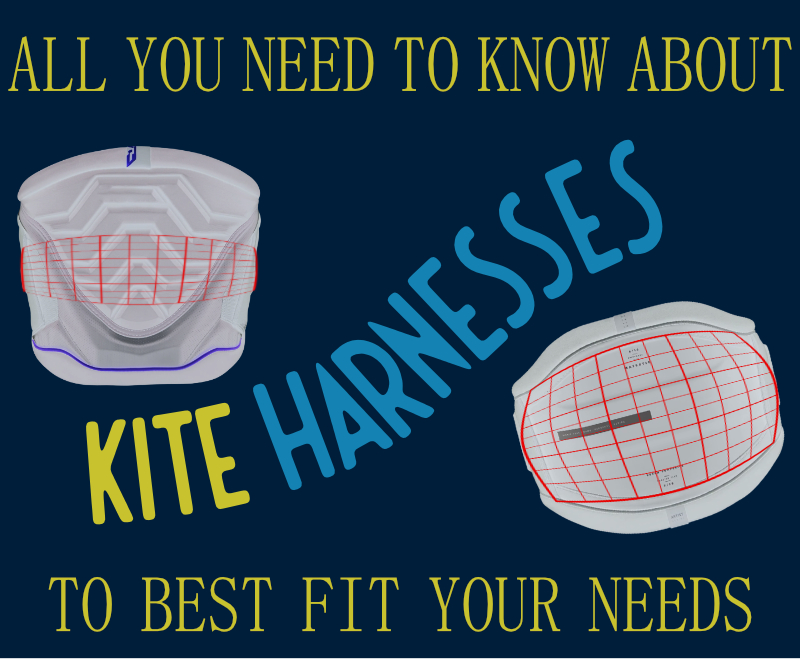
All that you wanted to know before purchasing a kite harness
